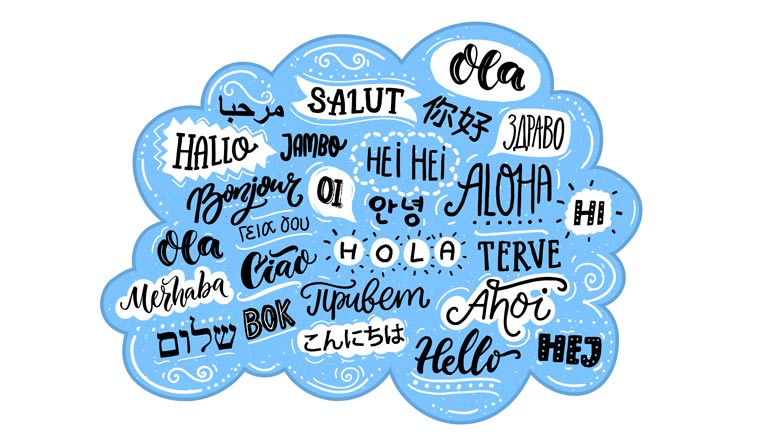A region's climate has a greater impact than landscape on how many languages are spoken there, according to a study that mapped language diversity around the world.
The research, published in the journal Nature Communications, found that areas with more productive climates tend to have more languages.
"We were able to show that despite popular belief, climatic factors have a stronger effect than landscape factors -- like how mountainous it is, or how many rivers there are -- when it comes to language diversity," said Professor Lindell Bromham from The Australian National University (ANU).
The researchers think this could have a lot to do with food production -- another driver of language diversity.
"If an area can reliably support food production for more of the year it may allow human groups to persist in smaller areas, so you can pack more different cultures into one region, and therefore more languages," Bromham said.
"If you're up in a region with a shorter growing season, or less reliable food productivity, you might need to make sure you've got links with other groups so you can support each other. It might be harder to form a small, isolated, self-sufficient band," Bromham said.
The study showed language diversity and biodiversity might both be affected by similar factors.
"Our results look a lot like a map of biodiversity. You could overlay a map of language diversity and a map of biodiversity and they'd show some very similar patterns," Bromham said.
"For example, there's more diversity around the equator, and less as you go towards the poles.
"If you've got an area where it's hard for animals to live, it's generally also hard for people to live there. So unsurprisingly, in those areas, there are less languages," Bromham said.
The researchers pinpointed areas where language diversity could not be easily explained by factors like climate and landscape alone.
The eastern Himalayas, west Africa and Papua New Guinea had far more unexplained language diversity than other parts of the world, they said.
"Papua New Guinea is home to 10 per cent of the world's languages, despite taking up just 0.5 per cent of the world's land area. Incredibly, it not only has many languages, but languages that are fundamentally different from each other," said Xia Hua, who led the study.
"If we can understand what's driving this, I think we'd understand a lot more about the drivers of cultural diversity in general," Hua said.
"Every language we lose is a rich source of information on the way languages have evolved. The more we lose, the harder it will be for us to understand language origins," Bromham said.



